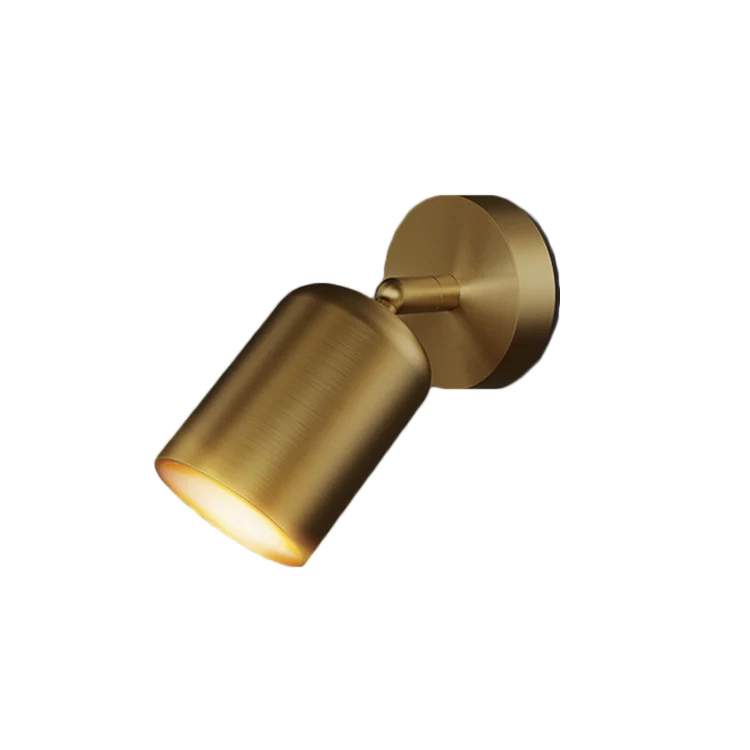LEAFLETS
PRODUCTS
Table Lamp Functional Design
Light Source and Illumination
The core function of any table lamp is, of course, to provide light. The choice of light source directly influences the lamp's functionality. Incandescent bulbs, though warm and aesthetically pleasing, are increasingly obsolete due to inefficiency. Halogen bulbs offer brighter light but still suffer from similar energy consumption issues. Fluorescent bulbs, once a popular energy-efficient option, are now often eclipsed by LEDs. LEDs are the current gold standard, offering exceptional energy efficiency, long lifespan, and a wide range of color temperatures, enabling designers to tailor the light output to specific needs and aesthetics.
Beyond the bulb type, the design of the lampshade plays a vital role in directing and diffusing the light. A translucent shade will provide softer, ambient illumination, ideal for relaxation or creating a calming atmosphere. An opaque shade will concentrate the light, suitable for focused tasks like reading or writing. The shape and size of the shade also influence the direction and spread of the light, impacting both the functional effectiveness and the visual appeal of the lamp.
Furthermore, the consideration of color rendering index (CRI) is crucial. A high CRI indicates that the lamp accurately renders colors, essential for tasks requiring precise color perception, such as artwork or design work. A lower CRI can cast unnatural colors, making the light less suitable for these purposes.
Ergonomics and User Interaction
A well-designed table lamp is intuitive and comfortable to use. Consider the switch mechanism. A conveniently located switch, easily accessible without straining, significantly enhances the user experience. Some designs incorporate dimmer switches, allowing for adjustable light levels to suit different moods and tasks. The placement and design of the switch should be considered in relation to the overall aesthetics and the intended placement of the lamp.
The weight and stability of the lamp are equally important ergonomic factors. A heavy base ensures the lamp remains stable, preventing accidental tipping. The height and adjustability of the lamp are also critical. A lamp that is too tall or too short can strain the eyes and neck. Adjustable height mechanisms provide greater flexibility and adaptability to diverse user needs and workspace configurations.
The materials used in construction also impact the user experience. Cool-to-the-touch materials are preferable to avoid accidental burns. The surface finish should be durable and easy to clean, while also contributing to the overall aesthetic appeal. Careful attention to material selection and construction ensures a safe, comfortable, and durable product.
Aesthetics and Style
Functionality shouldn't come at the expense of aesthetics. A well-designed table lamp seamlessly integrates form and function, creating a visually appealing piece that complements its surroundings. The choice of materials, finish, and overall shape significantly influences the aesthetic impact. Materials like wood, metal, glass, and fabric each offer a unique visual texture and character.
The style of the lamp should align with the overall design scheme of the space. A minimalist lamp might be ideal for a modern interior, while a more ornate design could complement a traditional setting. The color and finish of the lamp also play a vital role in determining its aesthetic compatibility with its surroundings. A harmonious blend of form and function enhances both the visual appeal and the user experience.
Moreover, the interplay of light and shadow created by the lampshade and the light source itself contributes significantly to the overall aesthetic impact. A well-designed lampshade can create dramatic lighting effects, transforming a simple object into a statement piece. The interplay of light and shadow, coupled with the material choices and overall design, elevates the lamp beyond mere utility.
Sustainability and Environmental Considerations
In today's environmentally conscious world, the sustainability of a product is paramount. Table lamps should be designed with a focus on minimizing environmental impact throughout their lifecycle. This includes choosing sustainable materials, such as recycled or sustainably sourced wood or metal. The use of energy-efficient LED lighting significantly reduces the carbon footprint of the lamp during its operational phase.
Durability is another key aspect of sustainability. A well-constructed lamp with high-quality components is designed to last, reducing the need for frequent replacements. Designers should prioritize longevity and repairability over disposability. This approach extends the lifespan of the product and minimizes waste.
Finally, the end-of-life management of the lamp should also be considered. Designers should strive to create lamps that are easily disassembled and recyclable, minimizing the amount of waste sent to landfills. Sustainable practices throughout the entire lifecycle of a table lamp are crucial in creating a truly responsible and environmentally conscious product.
In conclusion, the functional design of a table lamp is a complex interplay of several key elements. From the efficiency of the light source and the ergonomics of its use to the aesthetic appeal and environmental impact, each aspect contributes to the overall success of the design. A truly exceptional table lamp seamlessly integrates all these factors, resulting in a product that is not only functional and efficient but also visually appealing, sustainable, and enjoyable to use.SUBSCRIBE
INQUIRY










